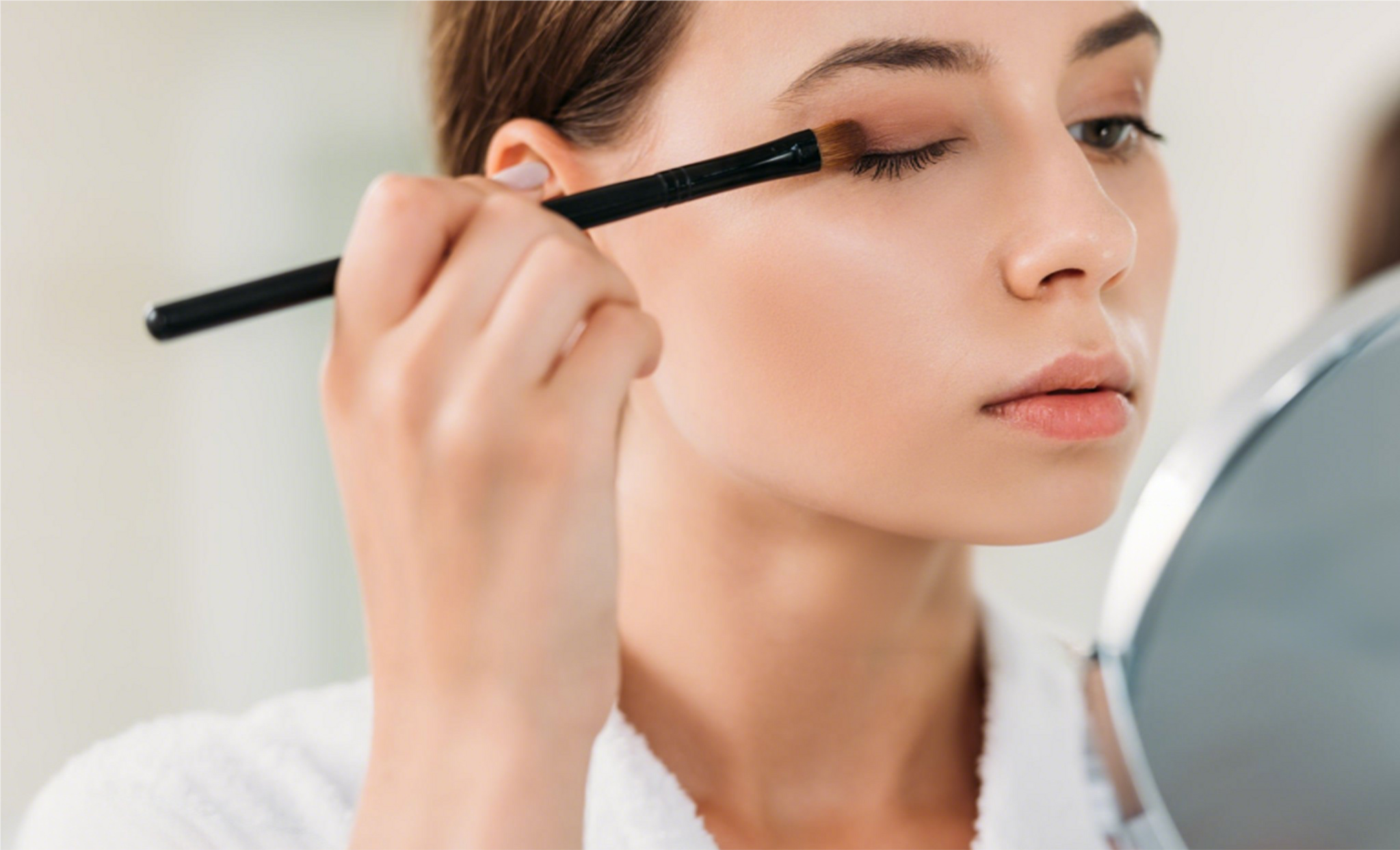
Eye Makeup Products: Detailed Introduction & Purchasing Channels in the United States
To purchase eye makeup products in the United States, several procurement channels are available. Each offers different price ranges and purchasing methods depending on factors such as product type, formulation, packaging, brand positioning, and order quantity.
1. Direct Import (From Manufacturers in China or Other Countries)
Channel:
Direct import is a popular method for businesses sourcing eye makeup products—such as eyeliners, mascaras, eyeshadow palettes, and brow pencils—from overseas manufacturers. Suppliers can be found through B2B platforms like Alibaba, Global Sources, or by attending international cosmetics trade shows (e.g., Cosmoprof, Beautyworld). Building long-term partnerships with experienced cosmetic manufacturers ensures product consistency, regulatory compliance (e.g., FDA, EU), and competitive pricing.
Price:
Pricing varies based on formulation quality, packaging, product type, and minimum order quantity (MOQ).
Basic eyeliner pencils or mascaras (bulk): $0.30 – $1.50 per unit
High-end or custom-formulated products: $2 – $8+ per unit, especially for vegan, waterproof, long-lasting, or dermatologically tested formulations with luxury packaging.
2. Wholesale Market Channel (Domestic Distributors & Cosmetic Hubs)
Channel:
Major cities such as Los Angeles, New York, and Miami have robust wholesale markets and beauty supply distributors that offer a wide variety of eye makeup products. These include eyeliners (liquid, gel, pencil), mascaras (volumizing, lengthening, waterproof), eyeshadow palettes, and brow products. Wholesale partnerships allow buyers to negotiate on price, MOQ, shipping timelines, and sometimes even private labeling options.
Price:
Prices in wholesale markets vary depending on brand, packaging, product complexity, and quantity ordered:
Standard products (mass market brands): $0.80 – $3.00 per unit
Professional-grade or indie beauty brands: $4 – $10+ per unit
Customization & Private Labeling: Additional costs may apply for branding, formulation changes, or unique packaging, but unit costs often decrease with higher volumes.